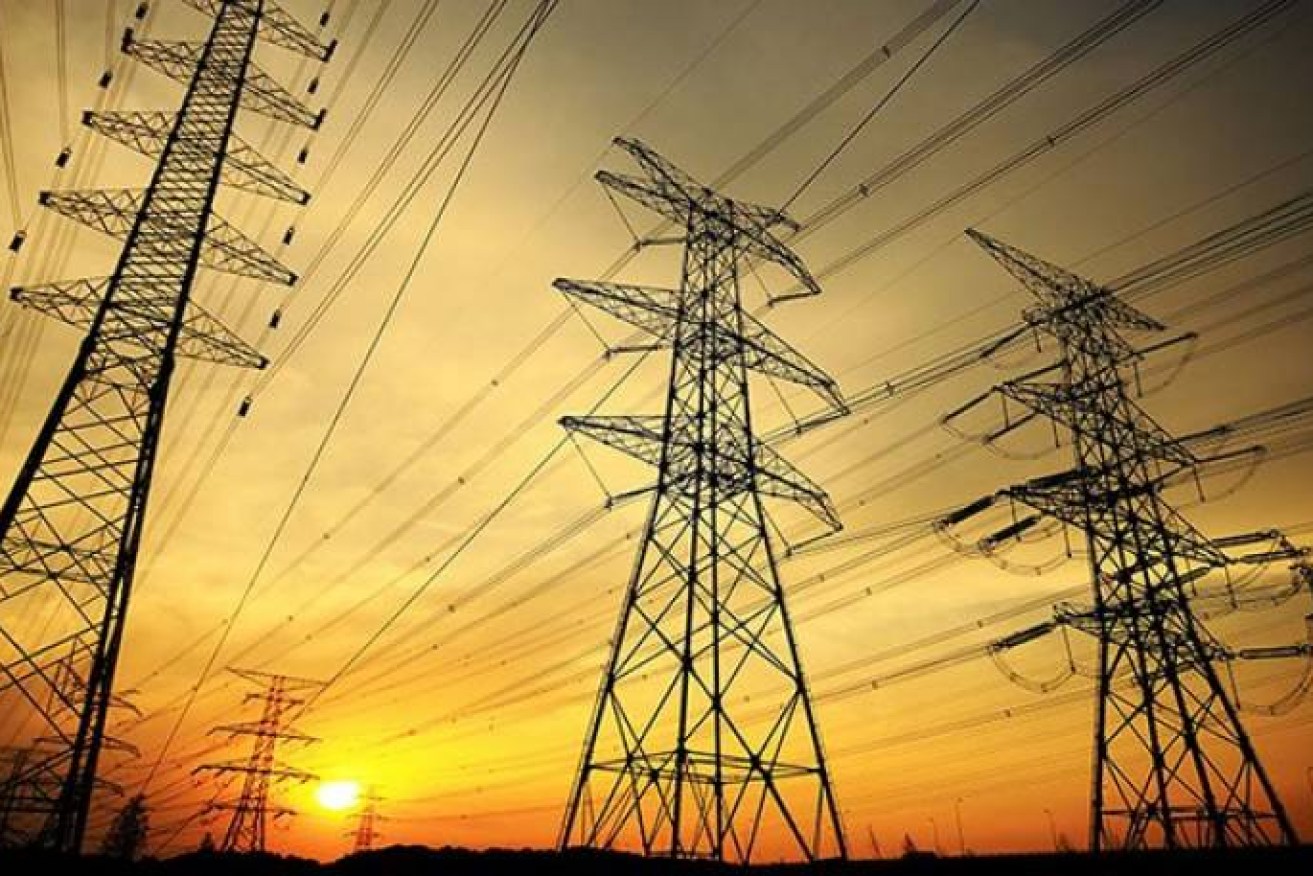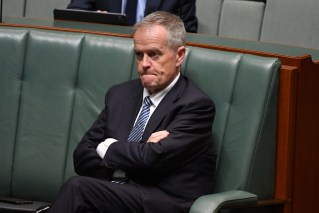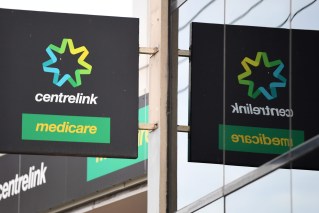Dark days: Blackout warning as the state’s energy crisis deepens
Queensland’s energy market is in turmoil after the market operator was forced to warn of possible load shedding and blackouts this evening during south-east Queensland’s peak hour and potentially stretching into Tuesday.


The market operator warned of major load shedding
Around midday on Monday the Australian Energy Market Operator warned the market was critically short of a huge amount of electricity generation – effectively the amount needed to supply a city the size of Brisbane.
AEMO told generators standing idle to bid into the market and by mid-afternoon the agency said it had seen some response and was hopeful a crisis had been averted.
But energy analyst Paul McArdle said “the wheels had fallen off the energy market.”
Large load shedding was also forecast in NSW on Monday evening and McArdle said it was forecast again for Queensland Tuesday morning and evening.
It was the second time in consecutive days that AEMO had been forced to step in. On Sunday it forced a price cap on supply after the market soared in Queensland, a state that usually sees only moderate demand in winter.
The action brought in a price cap of $300 a megawatt hour after it hit $1000 and the cumulative total for seven days broke through the $1.3 million mark.
The reason the market was short of supply is likely to be linked to the capping of prices which would have meant some generators were not profitable.
“As a consequence of the administered price cap in Queensland, AEMO has seen generation bids reduce and has issued Lack of Reserve (LOR) notices in both Queensland and New South Wales, signalling a reduction in pre-determined electricity reserve levels,” AEMO said
Also, the Callide power station is off-line for an overhaul and won’t come on again until next month. Its Callide C generator, which blew up last year, is not expected to return until next year.
The gap created by Callide is about 1500 Mw.
The gap in supply was evident on Monday morning when scheduled demand was far higher than scheduled supply. The shortfall was 1454 megawatts – a significant amount of energy equivalent to Brisbane’s demand.
But later in the day scheduled capacity appeared to be higher than demand, after AEMO’s intervention.
AEMO said it would take available actions to deliver additional supply or demand reduction, to maintain power system security.
“AEMO will continue to monitor reserve conditions closely in Queensland, New South Wales, and more broadly across the NEM, providing further updates should conditions change,” it said.
It came as former Prime Minister Malcolm Turnbull called for export controls on gas.
Turnbull told the ABC that this would force the LNG giants to find cheaper gas to solve the gas crisis that has emerged in the past few weeks.
The problem is we have energy crisis in Australia today. the immediate cause is because about 30 per cent of our coal fired generation is out of action.
“At the same time there is a war on in Europe and international gas prices have gone through the roof,” Turnbull told Radio National.
“My recommendation would be that the commonwealth government working with the states to impose export volumes and price controls on gas. In other words, make sure all the gas we need is available. This will cause force majeure being imposed on contracts and resented bitterly by the industry.
“They should be prepared to take action to do this for example, a period of 90 days.”
He said there were big constitutional issues and it could only work with the help of the states.
“The minute they say they are going to do it the gas companies will find the gas and they will agree to offer it at lower prices.”
It is unusual for Queensland prices to spike so high in winter, particularly on a weekend, but colder than normal weather meant higher demand.
The forecast demand for this evening’s peak is also expected to be high.
Several coal generators were also offline, adding to supply problems. Because of the evening demand, solar was non-existent and wind power was weak.
After the cap was imposed the market became “bizarre”, according to analyst Paul McArdle. Dispatch prices in other states also broke through the $10,000 mark.
On Monday morning, scheduled demand was outpacing scheduled generation.
The spike does not necessarily mean an increase in retail prices because the spike was temporary and most electricity is sold in contracts.
A plan by resources giant Rio Tinto to drive the development of renewables in Queensland to supply its electricity demands in Gladstone have also hit a hurdle.
Rio said it would be after about 4000 megawatts of capacity, but Lobby group, Solar Citizens said Queensland needed more grid infrastructure to support the scale of clean energy development anticipated in Central and Northern Queensland.
Deputy director Stephanie Gray said there was currently a cap on how much clean energy could be developed locally because there’s a dire need to upgrade grid infrastructure.
“In both Central and North Queensland there are significant proposals on the table to develop renewable hydrogen facilities that will require many more solar and wind projects to connect locally,” Gray said.
“The current grid infrastructure means that only about 2000 MW of new large-scale renewables can connect north of Gladstone. Rio Tinto’s facilities sit within the Fitzroy Renewable Energy Zone but without grid upgrades that zone can’t hold anywhere near 4000 MW.
“Queensland was overlooked by the last Australian Government and we didn’t get grid infrastructure and clean energy funding like other states. That’s got to change under the new Labor Government.
“The new Albanese Government has pledged $20 billion to help finance additional grid infrastructure. We’re calling on them to work with the Queensland Government to fast-track the development of grid upgrades around Gladstone while ensuring appropriate community consultation.
“These vital grid upgrades will allow for more local solar, wind and storage to connect to the grid to affordability power new and existing manufacturing proposals in Central and North Queensland.”
The Government’s renewable energy zones have been designed to concentrate generation of electricity into three regions so infrastructure can be allocated efficiently.












